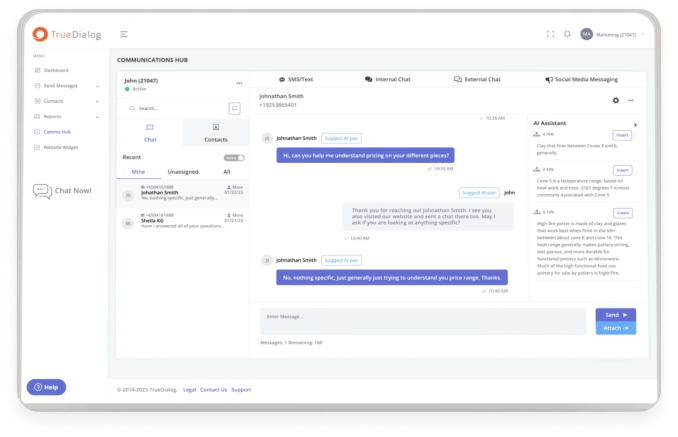Retailers today struggle with what to give customers in store, how to create a memorable experience, and how to create additional value and revenue. All are trying different tactics to increase revenues and loyalty through mobile /social sharing in store.
The question is, are these repeatable models to scale? Who owns this experience in a brand? Is there a central owner? I’ve heard more times than I can count that within each brand there are no short of 5 heads of marketing, each having different P&L, responsibilities and agendas. And then there are the brands’ agencies (plural), which all have different roles and agendas. So which agency and which VP of Marketing owns the “new hybrid” customer experience in store? When you determine who the owner is, where is their knowledge coming from? The lack of knowledge in the industry today on mobile is one of the main reasons so many brands have not done mobile, or have not done mobile well.
Mobile is exciting and it’s all over the news; you can’t help but read about a new mobile campaign rollout these days. Should you make corporate decisions by following what other brands have done? Do you really want to follow exactly what your competitor is doing? Anyone can hit one homerun but that doesn’t get you an over .300 batting average. You have to engage a company that lives and breathes mobile, you can’t run your business day to day and be in tune with every new technology out there.
Now, let’s talk about the new hybrid customer experience. This is the experience in which customers engage with a brand in store in the new “digital, interactive, mobile, social” realm. The reason I don’t give it a name and it can be classified into four categories. No one knows what to call digital interactions in store.
One size consumer experiences do not fit all. We have to look at our new consumers groups and how they want to engage, the channel they want to engage and how to get them to re-engage and come back into the store. This is the biggest miss by brands in the marketplace today.
Each brand usually is targeting multiple demographics. First you must outline a mobile strategy to understand your demographic channels, how to engage and how often to re-engage. It’s just as important to first run “blocking and tackling” campaigns prior to “trick plays”. We see more brands trying to do far out innovative things and a only few will stick, but creating a foundation for building a mobile database that will last and not just be “one timers” is built from the main steps in mobile.
So who are the demographics and how do you reach them?
Moms with kids
- High text frequency
- Use text to keep contact with kids
- Search for locations and products on the go
- Opt-in to mobile campaigns to get value add
- Growing in smartphone usage
Minorities
- Cell phones are primary household phones
- Low landline usage
- Low in-home internet access
- Primary text users and watch cell phone minutes carefullyLow smartphone usage, typical phones are WAP or xHTML
Business Stakeholders
- Sales, technology, and management
- High smartphone usage
- Uses a combination of text, email, and internet
- Typically has 7-10 applications downloaded and uses 2-4 regularly
Corporate Business
- Corporate America employees connected through Blackberries
- This group works for corporate America , uses Blackberries frequently due to fast response via email and text
- Low adoption rate of smartphones due to security issues with iPhones and Androids
- Uses internet often, limited applications downloads
Tweens
- Uses feature phones and “smaller” Blackberries
- Parents pay phone bill to reach this demographic
- 90% texting, 10%
- Very limited smartphones in this demographic due to cost
High School/College Kids
- Similar to tweens, using text frequently, voice less often
- Limited smartphone usage due to costs, although growing in college aged demographic
- High Facebook usage, although connects through mobile web vs. application
Non Mainstream Male
- Early adopters of latest in technology and gadgets
- Gamers, surfers, skateboarders, and musicians 23-35 year old male.
- Highest demographic using Android OS powered devices
- Uses mobile devices for gaming and texting, not a fan of “voice” conversations
So how do you connect and make an emotional connection and experience with these different consumer groups in store? You understand the key drivers around purchasing behavior, social behavior and choose interactions and experiences that go across multiple mobile channels to appeal to each demographic.
If you roll out a QR code program for tweens or minorities it will fail. If you roll out a QR code and SMS program for tweens, minorities and Moms, you will see the interactions by channel and give these groups multiple ways to engage with the brand.
More on Hybrid experiences and closing the gap in my next post.










